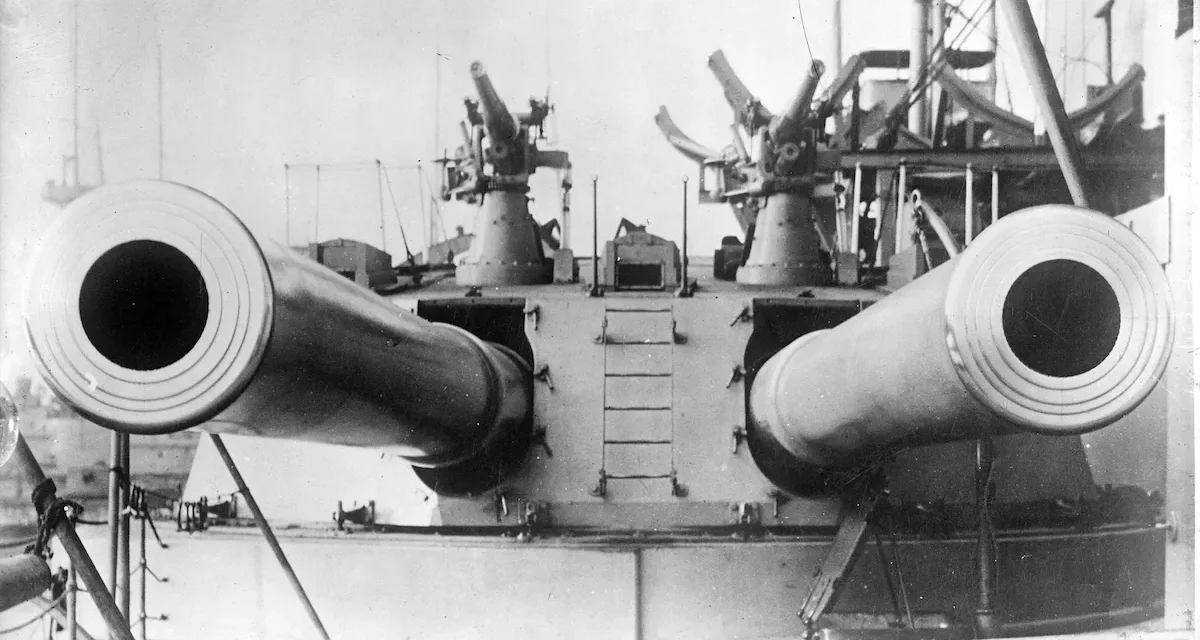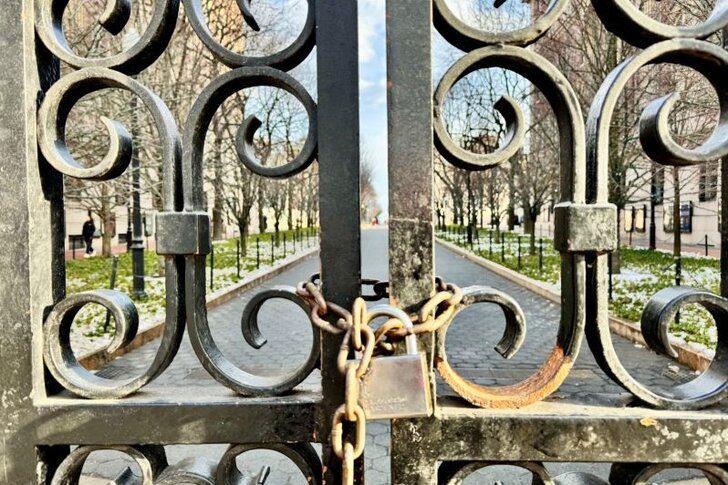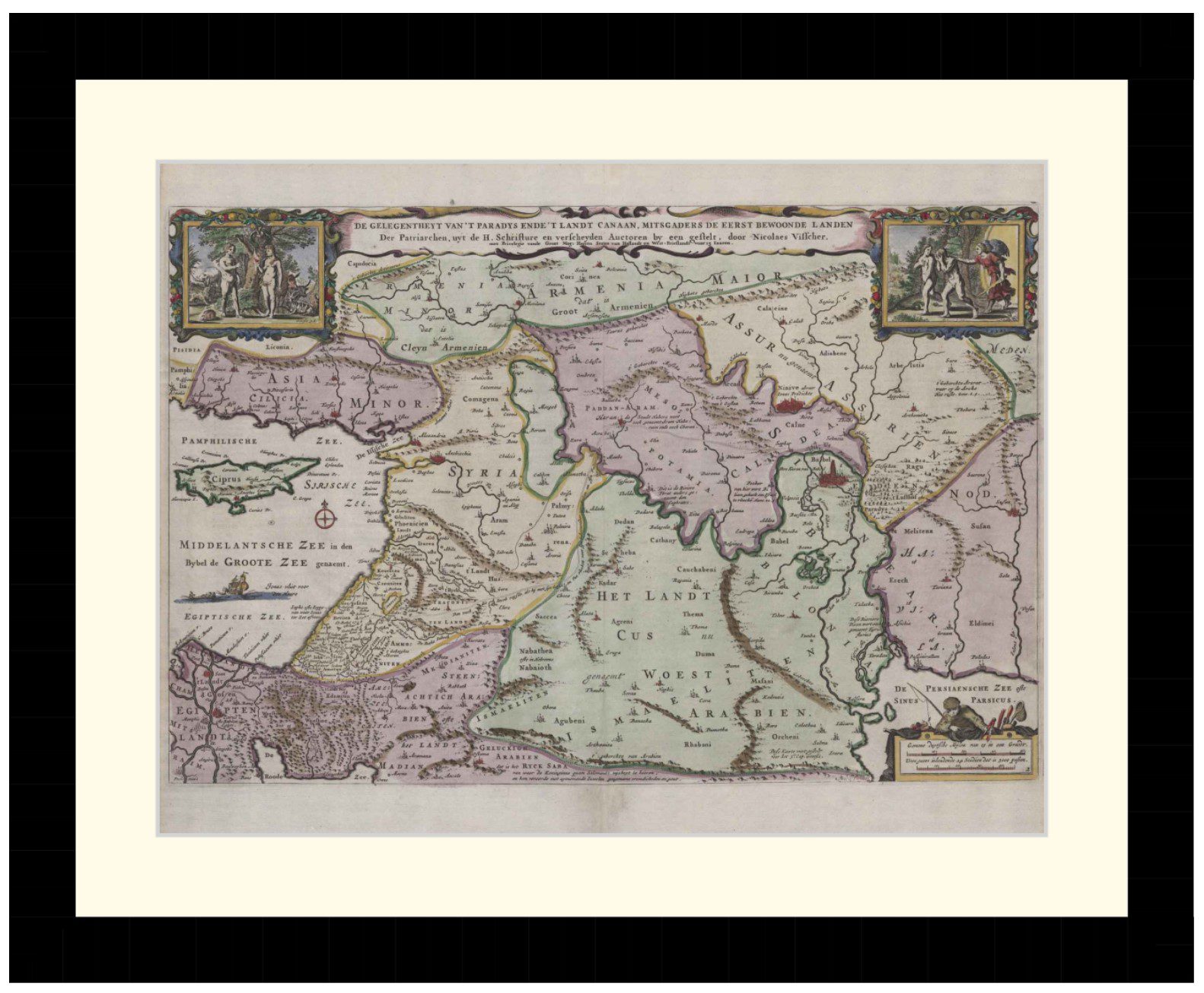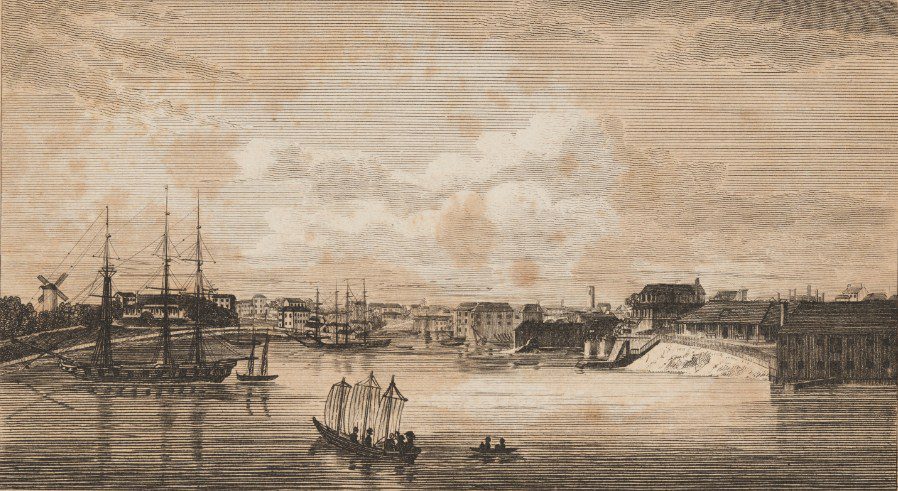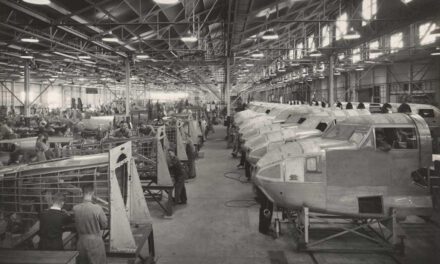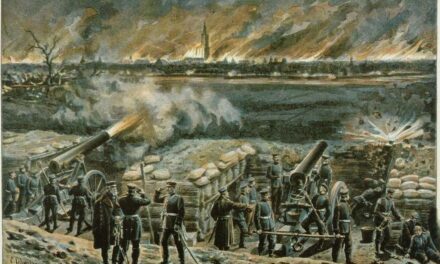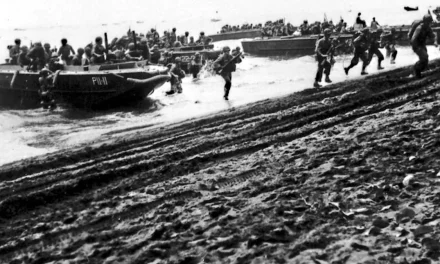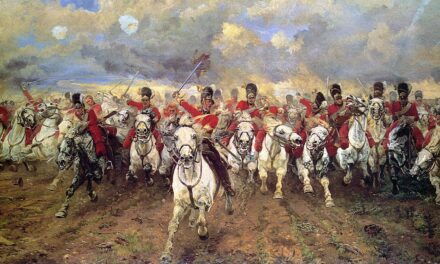Reading time: 5 minutes
If you’re about to fight a battle, would you rather have a larger fleet, or a smaller but more advanced one? One hundred years ago, on May 31 1916, the British Royal Navy was about to find out if its choice of a larger fleet was the correct one. At the Battle of Jutland – as the major naval battle of World War I is known in English – these choices were unusually influenced by mathematics.
By Niall MacKay, A. Jamie Wood, and Christopher Price (University of York and York St John University)
In a technological arms race, the usual choice is to build the most advanced weapons systems of the highest possible quality. Britain faced exactly such a decision at the beginning of the 20th century. After 50 years of evolution in naval technology, in 1906 Britain launched a revolutionary ship, HMS Dreadnought, which incorporated the biggest guns, the toughest armour and a new steam turbine engine in a single battleship. All previous battleships were rendered obsolete, and a new naval arms race was on.
A year later, Britain had to decide what kind of ships to build next. Should the Royal Navy follow the thinking of Admiral of the Fleet Sir John “Jacky” Fisher and build small numbers of ships even more advanced than Dreadnought? Bravely, a naval committee – including Captain (later Admiral) John Jellicoe – decided to build more of the same, and put as many big guns on the water as possible.
Lanchester’s ‘N-square law’
The decision clearly depends on the relative merits – a trade-off – of numbers and quality, and this was the subject of a radical new body of thought in the decades leading up to World War I. The argument is a mathematical one: if two fleets are equipped with long-range guns, all firing on the enemy and causing damage in proportion to their number, then the fleet which wins is determined by the individual effectiveness multiplied not by the number of ships but by its square. For example, a ship would have to be four times as powerful to take on two opponents in a fair fight.
This conclusion is most famously due to British engineer Frederick Lanchester, who used calculus to derive it in the winter before World War I – and developed the “N-square law”. But it was arrived at independently in many countries, and the version more familiar to Jellicoe and his committee came from American Commander Bradley Fiske. It used tables of numbers – what we would think of today as spreadsheets.
Either way, the lesson is stark: to make its numbers count, the larger fleet must fight together, undivided, with all its guns firing. Then even a small numerical advantage will lead to its higher-quality opponent’s annihilation.
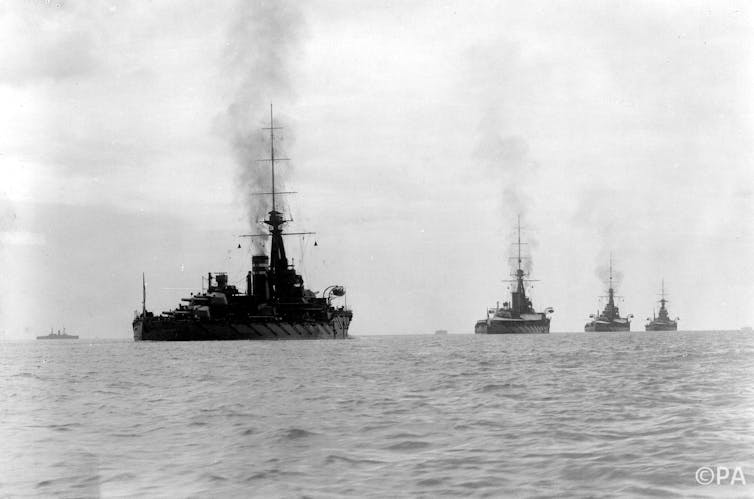
By 1916, Britain’s Royal Navy had built a weapon, the Grand Fleet, which could annihilate the German High Seas Fleet, but only if it was wielded in the correct manner. The man who had to do this was Jellicoe, now admiral. In 1916, Jellicoe wrote to Lanchester: “Your N-square law has become quite famous in the Grand Fleet”.
In the right place
If the N-square law is due to calculus, then the conditions to create it stem from geometry. The fleet has to be positioned in such a way that all its guns are firing on an enemy, with implications for how a fleet should be commanded. The British Grand Fleet had to be re-organised from its rectangular travelling formation into a single straight fighting line, ideally firing out of the dawn or dusk gloom and curving round an enemy fleet silhouetted against a low sun.
Astonishingly, this was exactly the outcome Jellicoe achieved at 7pm on May 31 1916. But in manoeuvring the fleet into this position, three large British ships had been sunk as well as several smaller cruisers, at the cost of over 5,000 British lives. By contrast, the more carefully built German ships stayed afloat, though with their ability to continue the battle heavily degraded.
Steady tactics
What happened next has caused controversy ever since. The German fleet dramatically turned tail and ran for home – as it had to if it were to avoid annihilation. The British also then made a turn away, to avoid German torpedoes, and contact between the fleets was lost.
Both sides sustained losses, but the British still retained control of the North Sea. Many thought Jellicoe was too cautious and should have given chase to the Germans. Mathematically, it is clear that Jellicoe executed a well-calculated playing of the odds, accepting battle only under perfect circumstances.
War at sea is starker than on land. There is nowhere to hide, and an inferior fleet must expect to be destroyed utterly. The central fact about Lanchestrian calculus is that once the desired fleet geometry has been achieved, nothing is left to chance. The irony for Jellicoe was that by creating the Lanchestrian conditions for which the British fleet had been built, he ensured that the Germans would decline the fight.
The British lost more ships at Jutland, but this does not diminish the significance of the British strategic victory. As our research has shown, in building a fleet suited to the new calculus of war, and then wielding it correctly, Jellicoe ensured British mastery at sea, which laid the foundation for the war-winning actions on land of 1917-18.
This article was originally published in The Conversation.
Podcasts about the Battle of Jutland:
Articles you may also like:
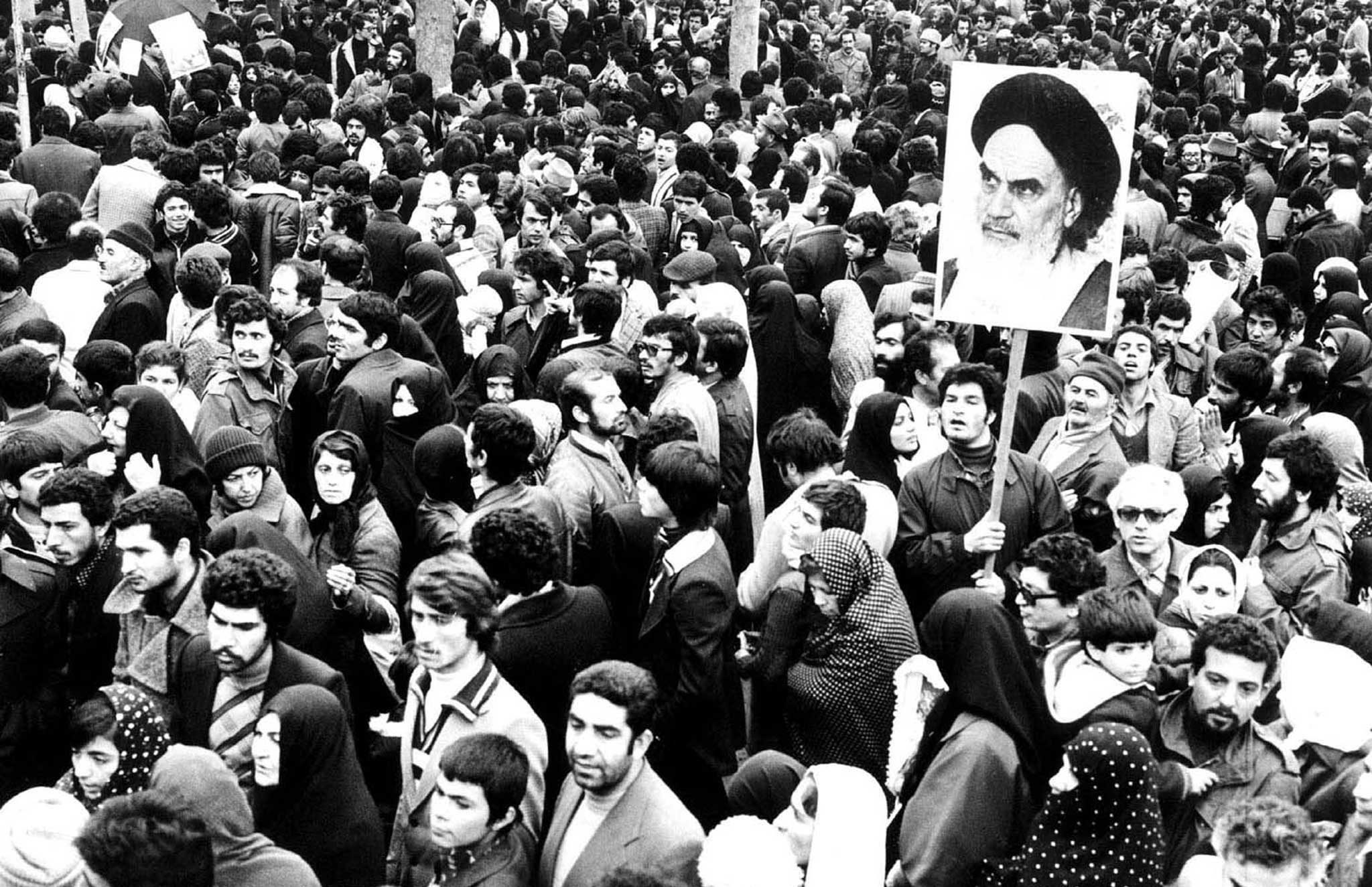
The Iranian Revolution
To understand what caused the Iranian Revolution, we must first consider the ongoing conflict between proponents of secular versus Islamic models of governance in Muslim societies. It all began with the British colonisation of India in 1858, which precipitated the collapse of classic Islamic civilisation. By early 20th century, almost the entire Muslim world was colonised […]
The text of this article is republished from The Conversation in accordance with their republishing policy and is licenced under a Creative Commons — Attribution/No derivatives license.

